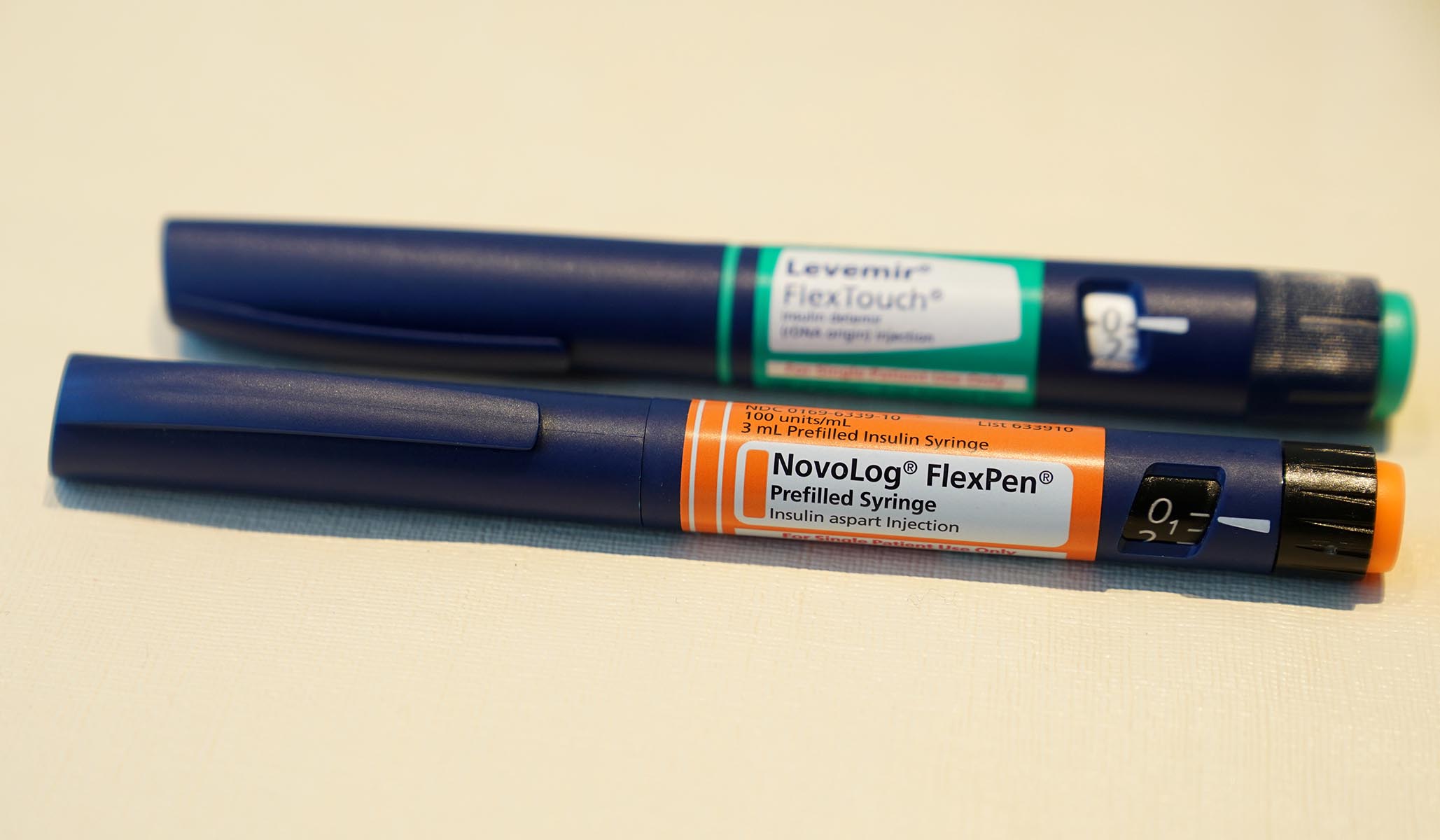


NRPLUS MEMBER ARTICLE E li Lilly announced recently that they will cap the cost of insulin at $35 a month, putting the pharmaceutical giant in line with the popular insulin-cap provision in the Inflation Reduction Act. While some are praising President Biden and other politicians for the price cut, the real winner in the reduction of insulin prices is the market.
Since 1996, insulin prices have skyrocketed — rising by 1,200 percent and counting. Just the price of Humalog, one of the insulins produced by Eli Lilly, has increased from $21 in 1999 to $332 in 2019. These price increases push insulin out of reach for diabetics, leading many to engage in risky behaviors or ration doses to the detriment of their health.
Insulin providers have been able to push prices up so high because patents have shielded the “Big 3” insulin providers (Eli Lilly, Sanofi and Novo Nordisk) from biosimilar competition — at least until very recently. Non-profit generic drug company, Civica Rx, and Mark Cuban’s affordable prescription company, Cost Plus Drugs, have both moved to produce generic, low-cost insulin within the next few years. On the legislative front, California plans to create their own generic to help with the insulin affordability crisis.
The message is clear for insulin producers: High prices are no longer sustainable. Eli Lilly was just the first of the Big 3 to make moves to keep their prices competitive.
Prices falling as more competitors enter the market isn’t surprising. As basic economics teaches, when firms have to compete with one another, their prices fall and they become more innovative.
The pharmaceutical market is no different. Similar to generics, biosimilars are created to mimic another drug called the reference drug. The primary difference between generics and biosimilars is that while generics can be exact copies of the reference drug because they are mimicking chemical compounds, biosimilars can only be “highly similar” since the reference drug is made of a living organism. The majority of biosimilars on the market today exist to treat cancer or rheumatoid arthritis, but over 500 biosimilars are in R&D for the treatment of various medical conditions.
And almost every time that biosimilars have entered the market, prices have fallen dramatically. In the aggregate, drugs with six or more biosimilars on the market saw a price reduction of 95 percent.
This is exactly what’s happening in the insulin market. The three biosimilars being produced by Civica Rx, Cost Plus Drugs, and the State of California are already putting downward pressure on the prices set by pharmaceutical giants. Even before the biosimilars officially entered the market, Eli Lilly cut costs for Lilly insulin users by around 89 percent.
However, “Insulin for All” advocates are already calling on the government to require Novo Nordisk and Sanofi to cap their prices at the same level as Eli Lilly. This is a mistake. Eli Lilly cutting prices on their own accord shows that government influence in the insulin market is not needed to reduce prices.
Novo Nordisk and Sanofi would be foolish to keep their prices so high and will likely follow in Eli Lilly’s footsteps without further legislative intervention. Indeed, the risk of losses for are too high to keep prices where they are, especially considering that switching insulin brands can be relatively simple when done with the assistance of a medical professional.
The steps made by Eli Lilly are likely the first in a series of steps by the private sector to reduce insulin prices, without outside influence by the government. However, there are moves policy-makers can take to expedite this process. Removing the regulatory thicket surrounding insulin is a good place to start. Doing so would allow more biosimilars to be developed and subsequently allow prices to fall as firms innovate and compete against one another.
Eli Lilly’s move to cut insulin prices was not a response to political pressure or price controls. Instead, Eli Lilly was responding to real market pressure with real consequences.
The government has made it clear that they want to tackle the insulin crisis and lower prices for diabetics. The best way for them to do so is by cutting red tape and letting the market do its job.
